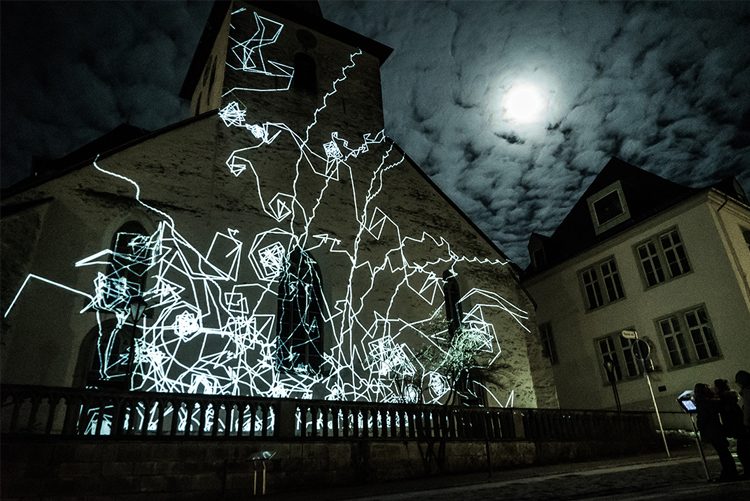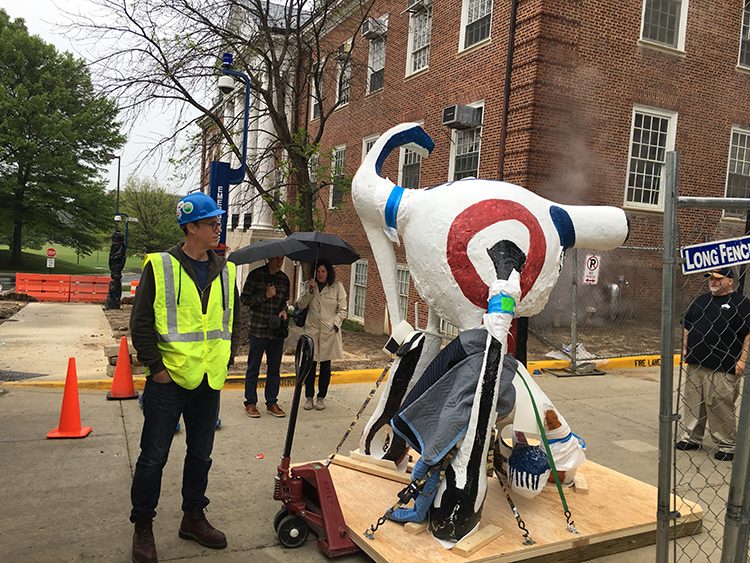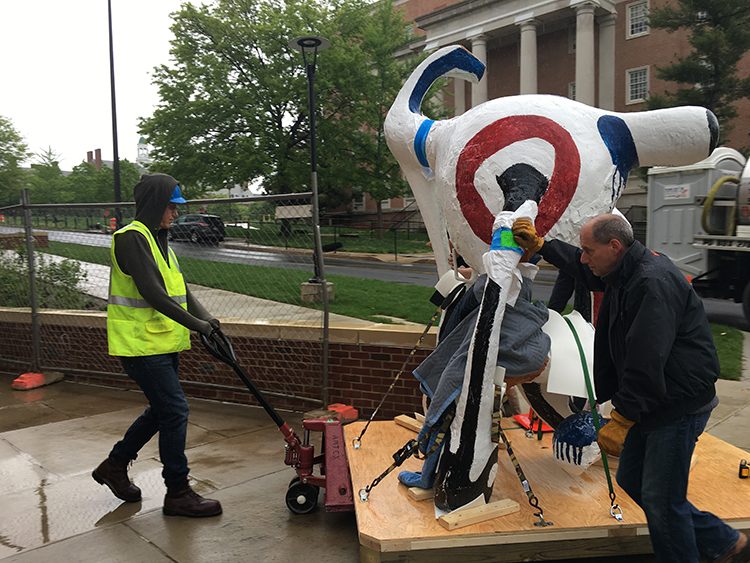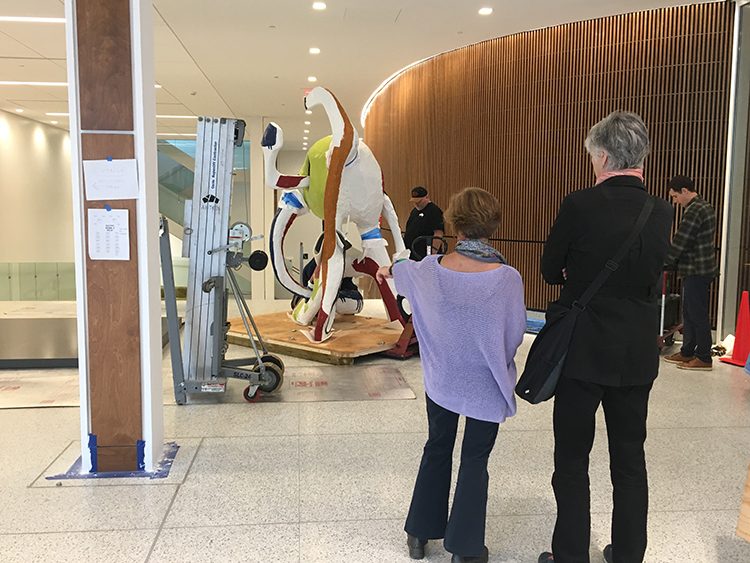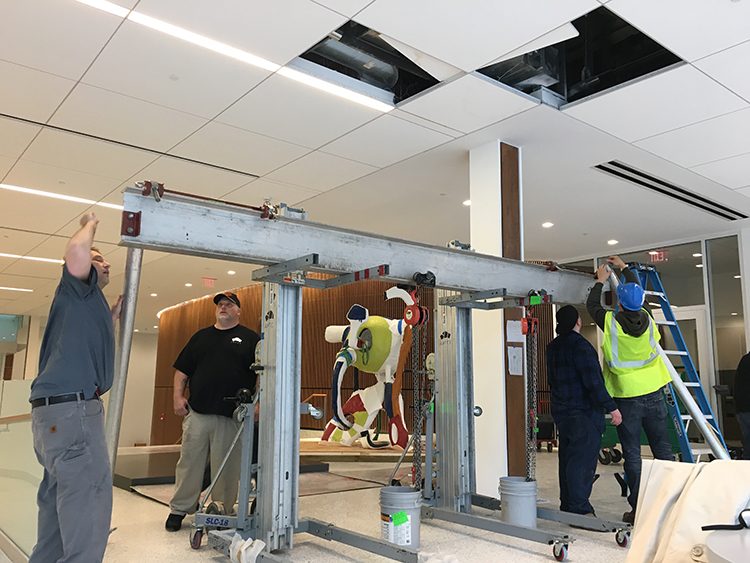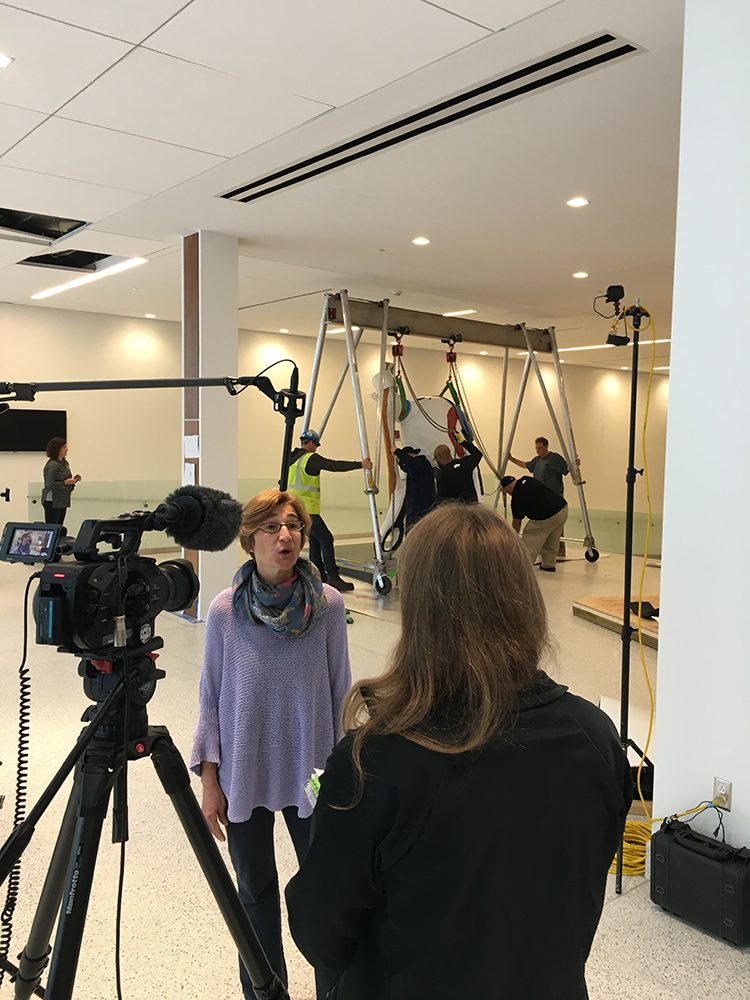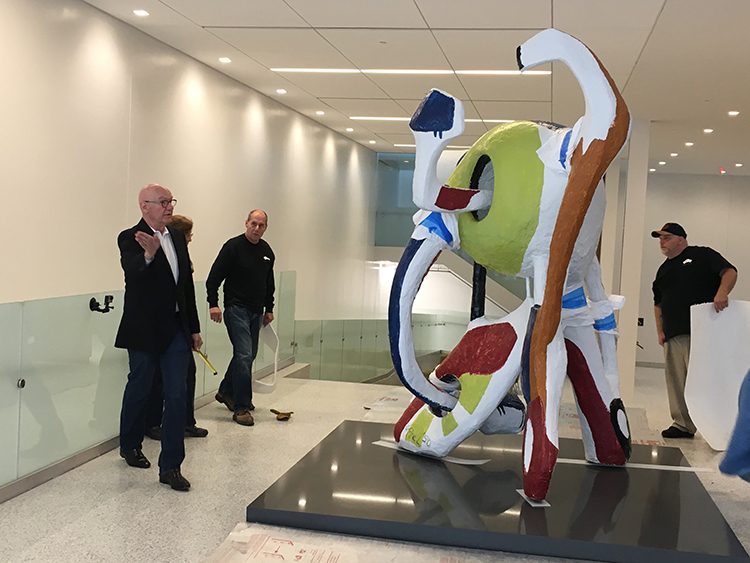Berlin-based artist Philipp Artus speaks at the Phillips on May 11, and his work will be featured at the 2017 Contemporaries Bash: Berlin Underground. We asked the artist a few questions about his process and his work at large.
Tell us a little about yourself. When did you first begin pursuing the arts?
I grew up in Bremen, a German city close to the North Sea. After school I moved to Nantes in France to study art and experimental film. I then spent one year in Portugal with a cat to learn about character animation and its relation to sound and music. Later I continued my studies of Media Art in Cologne/Germany, where I developed an interest in site-specific installations. After graduation I moved to Berlin, where I have lived and worked since 2013.
What is your creative process like?
I often start with an idea and let it develop its own life, so that I can follow it. Thus, when I am working on a project I never really know where the idea will take me. I need this sense of discovery to keep me excited throughout the project. This curiosity makes me get to know various different artistic fields and sometimes allows me to draw unusual connections between them.
One example for this working style is my most recent project FLORA. I started to learn text-based coding from scratch about two years ago. At first it felt like I was going nowhere, but after a while I learned how to combine my knowledge about animation with the principles of computer programming. The result was the installation FLORA, which is a combination of animation and algorithmic art. I think it is this mixture of different artistic fields that characterizes my work and makes it unique.
Do you have any recurring themes you like to play with in your work?
Life is a recurring theme in my work that I like to play with. The word animation originates from the Latin word “anima”, meaning “give life to.” In my work I am exploring animation, which is essentially the expression of life through movement. Due to this connection to life, even my most abstract works have a figurative spirit.
Also, I often like to create dialogues of oppositions: a fast-paced film can simultaneously feel slow and meditative. A serious topic might be mixed with whimsical and absurd ingredients. A timeless theme can be combined with playful quotations of popular culture… I like surprising myself and the viewer, and challenging our preconceived ideas and stereotypes.
Read Part 2 of our interview with the artist here.

